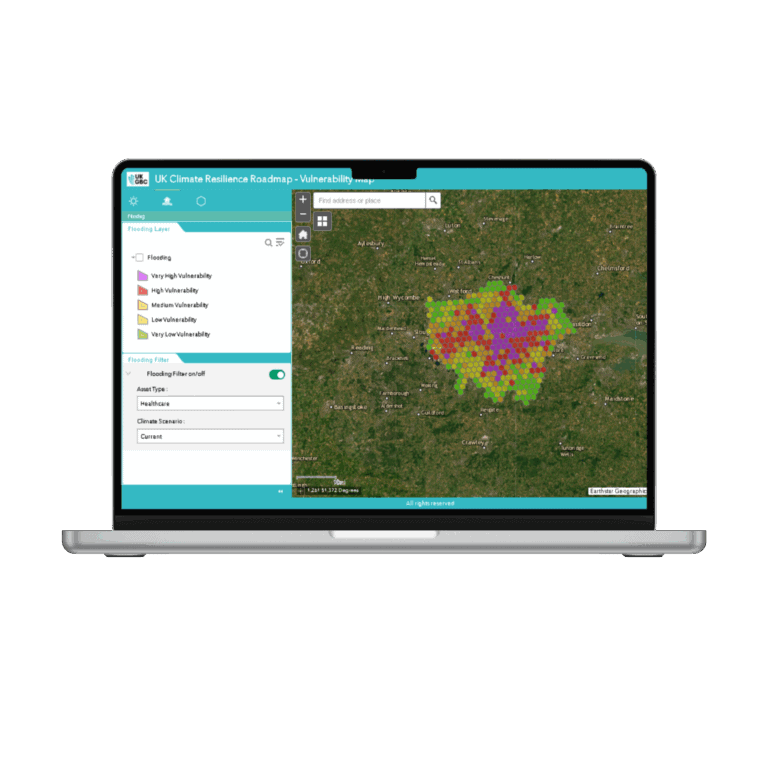Embodied Carbon - Practical Guidance

“UKGBC’s vision is of a built environment that is fully decarbonised. This has to include both embodied and operational carbon. As operational carbon reduces, the relative significance of embodied carbon increases. So we will continue to advocate for embodied carbon to become a mainstream issue in building design, construction and maintenance.
Julie Hirigoyen, CEO, UK Green Building Council.
With the increasingly successful reduction of operational energy (and thus carbon emissions) in the built environment, the industry’s next challenge is to reduce the carbon intensity of the structures themselves.
We know that clients will play a critical role in this work as what clients ask for, the supply chain works to deliver. UKGBC also understands that embodied carbon is an area that many clients are just beginning to address. This guide is designed for those who need to write effective briefs for commissioning their first embodied carbon measurements, but who may be at an early stage of embodied carbon knowledge.
The purpose of this guide is to set out clear and practical guidance to enable built environment clients to begin requesting embodied carbon measurements. This includes understanding the outcomes from an assessment and how to start acting on the results.
The guidance explains:
- some of the basics of embodied carbon
- gives an overview of some suggested approaches
- provides example clauses to propel embodied carbon requirements down the supply chain and
- gives practical tips on how to use the outcomes of an assessment.
The guidance is appropriate for any capital investment intervention in the built environment such as new build, refurbishment or renewal whether in buildings, infrastructure or other built assets.
In 2023, UKGBC is undertaking a new project focussing on the Measuring and Reporting of Embodied Carbon.
Related downloads
Download Report
Download Example Brief
Related
How Circular Economy Principles can impact carbon and value

Paradise 11

Urban Heat Island Web Map

GIS Vulnerability Web Map

